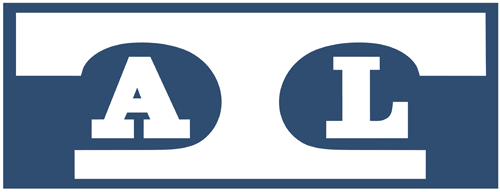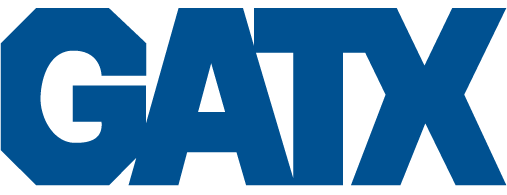The telematics and sensor data collected by DOT is transmitted to and processed by a collection of software services which have been developed by DOT engineers to be able to process billions of data points each day. The data gets parsed, analysed, and enriched while passing through the DOT backend services and the output datasets are then stored in a high availability data store. This data can then be accessed either by low level access through the DOT Unified API, or via the web application DOT Link 4.0 which provides an intuitive user interface to explore the vast dataset and provide our customers with valuable insights about their assets.
DOT Analytics Backend
The DOT analytics backend is the CORE through which all data passes, providing interfaces for incoming X-Rayl Solar Pointer or Sensor data, as well as for third party telematics and sensor data. After accepting the data, a complex processing chain is applied to each individual dataset, independently of the incoming data format. This data is enriched by metadata like asset identification, geofences, mileage and much more. The final product is a complex data set containing all relevant information and statistics, which gets stored into the DOT data lake for querying through the DOT Unified API.
DOT Unified API
The HTTP REST based DOT Unified API machine-to-machine endpoint gives unmatched direct access to all telematics, sensor and administrative data in the DOT analytics backend. From administrative tasks like creating new assets or geofences to querying every aspect of the enormous data pool of telematics and sensor data all functionality available in the DOT Platform is accessible through a single API endpoint. This allows our customers to easily integrate DOT tightly into their internal ERP systems using an industry standard interface for data access and management.
Since securing our customers data is of utmost importance, all functionality of the DOT Unified API is protected by the highest authentication and encryption standards.
DOT Link 4.0
DOT Link 4.0 is the new Web Front End for our individual users, which builds on top of the features of the DOT Unified API. It gives our users easy and comprehensive access to their fleet analytics, as well as telematics and sensor data that they have come to expect, while providing improved speed and overall performance.
Track & Trace of assets, administrative tasks like adding new users, assets, groups, geofences or pairings as well as creation of geofences and data sharing have been streamlined to provide a more efficient and thorough way of managing operational data and keeping track of your fleet's current status. The user interface has been overhauled to be more intuitive and provides our customers with a customisable user experience free from unnecessary feature bloat.
X-Rayl Scanner
X-Rayl Pointers do not require activation as they use renewable energy sources. Once unpacked, the Pointer will automatically be activated and configured. Only the assignment (pairing) to an asset must be made either in the web portal or by using the App.
X-Rayl Scanner is an app for mobile devices to pair an X-Rayl pointer with an asset, an X-Rayl Pointer with an X-Rayl Sensor, or an asset with a tag. Prior to executing any of these actions, user authentication through scanning an authentication code or signing in from within the app is required. All transmissions between the app and the DOT server are encrypted. The X-Rayl Scanner App is available for Android™ 5.0 or later and iOS® Version 11.0 or later in the corresponding store. A link to each of these app stores is found in the settings view in X-Rayl DOT Link Portal.
View the iOS® version











